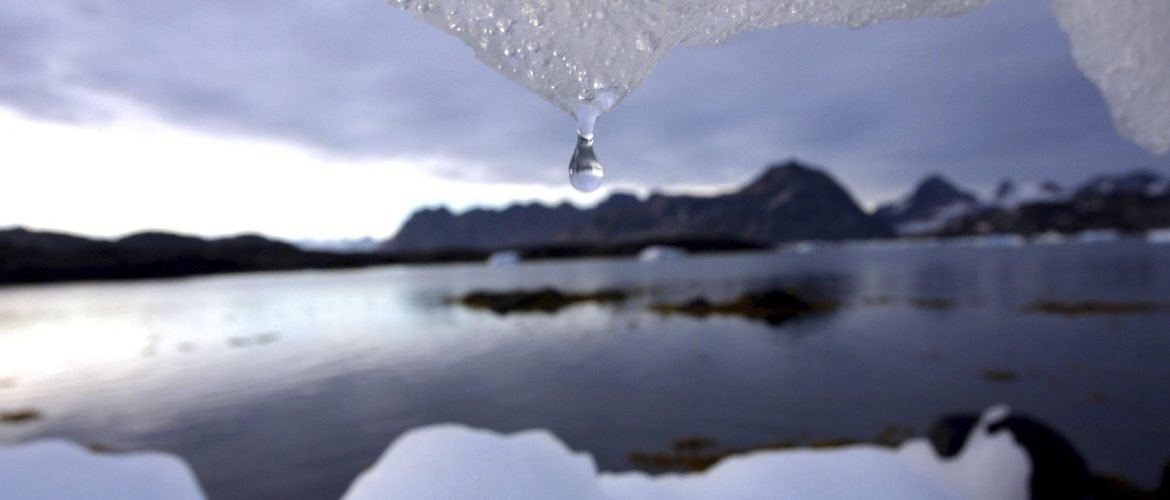
Arctic permafrost thawing faster than ever, US climate study finds.
- Sea ice also melting at fastest pace in 1,500 years, US government scientists find.
- ‘The Arctic is a very different place than it was even a decade ago’ – author.
Permafrost in the Arctic is thawing faster than ever, according to a new US government report. The report also found Arctic seawater is warming and sea ice is melting at the fastest pace in 1,500 years.
The annual report released on Tuesday by the National Oceanic and Atmospheric Administration showed slightly less warming in many measurements than a record hot 2016. It has reached a level of warming that’s unprecedented in modern times.
“2017 continued to show us that the Arctic is a very different place than it was a decade ago,” said Jeremy Mathis, head of NOAA’s Arctic research program.
“What happens in the Arctic doesn’t stay in the Arctic; it affects the rest of the planet,” said acting NOAA chief Timothy Gallaudet. “The Arctic has huge influence on the world at large.”
Many buildings, roads and pipelines are built on permafrost. Permafrost reached record warm temperatures last year. The temperature was near and sometimes exceeded the thawing point. That could make them vulnerable when the ground melts and shifts, the report said. Unlike other readings, permafrost data tend to lag a year.
Preliminary reports from the US and Canada in 2017 showed permafrost temperatures are “again the warmest for all sites” measured in North America, said study co-author Vladimir Romanovsky, a professor at the University of Alaska in Fairbanks.
Arctic sea ice usually shrinks in September and this year it was only the eighth lowest on record for the melting season. But scientists said they were most concerned about what happens in the winter. They are worried about March, when sea ice is supposed to be building to its highest levels.
Arctic winter sea ice maximum levels in 2017 were the smallest they’ve ever been. It was the third straight year of record low winter sea ice recovery. Records go back to 1979.
About 79% of the Arctic sea ice is thin and only a year old. In 1985, 45% of the sea ice in the Arctic was thick, older ice, said NOAA Arctic scientist Emily Osborne.
New research looking into the Arctic’s past using ice cores, fossils, corals and shells as stand-ins for temperature measurements show that Arctic ocean temperatures are rising and sea ice levels are falling at rates not seen in 1,500 years. And those dramatic changes coincide with the large increase in carbon dioxide levels in the air, the report said.
This isn’t just a concern for the few people who live north of the Arctic circle. Changes in the Arctic can alter fish supply. And more ice-free Arctic summers can lead to countries competing to exploit new areas for resources. Research also shows changes in Arctic sea ice and temperature can alter the jet stream, which affect US weather.
This is probably partly responsible for the current unusual weather in the United States that brought wildfires to California and a cold snap to the south and east, according to NOAA.
“The Arctic has traditionally been the refrigerator to the planet, but the door of the refrigerator has been left open,” Mathis said.
Outside scientists praised the report card.
“Overall, the new data fit with the long-term trends, showing the clear evidence of warming causing major changes,” in the Arctic, said Pennsylvania State University ice scientist Richard Alley.
